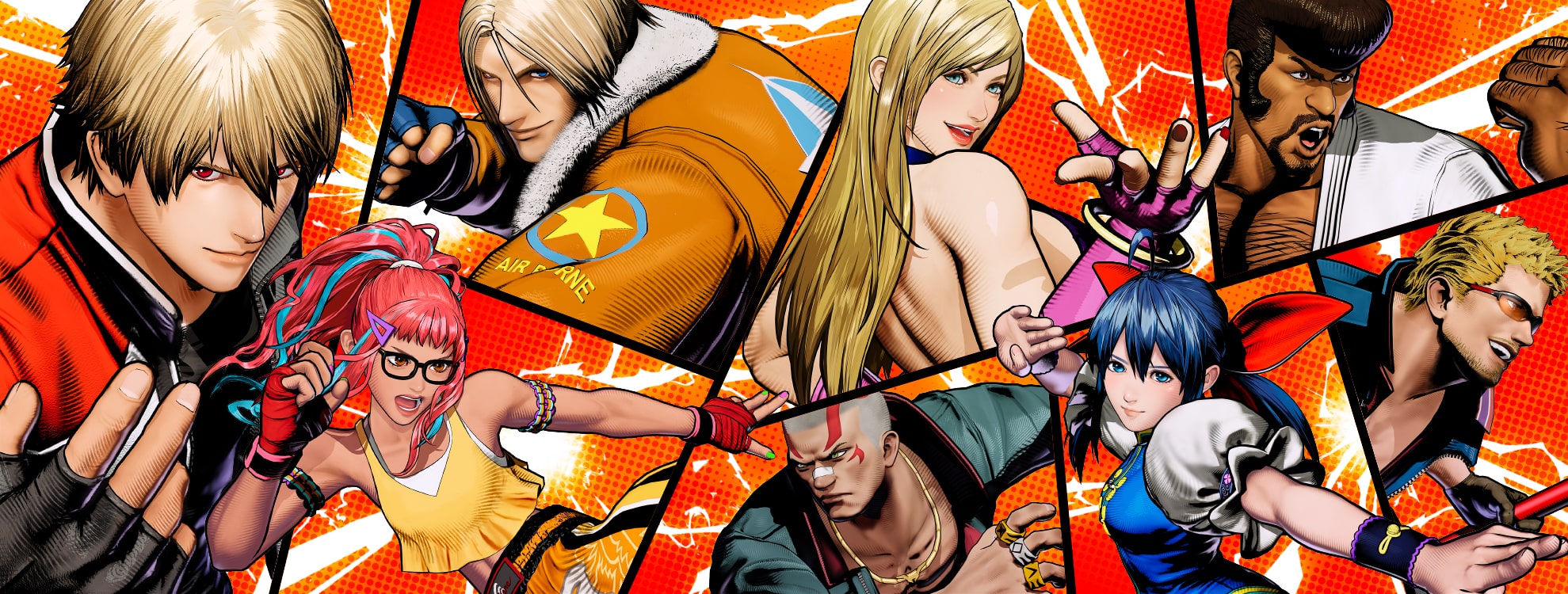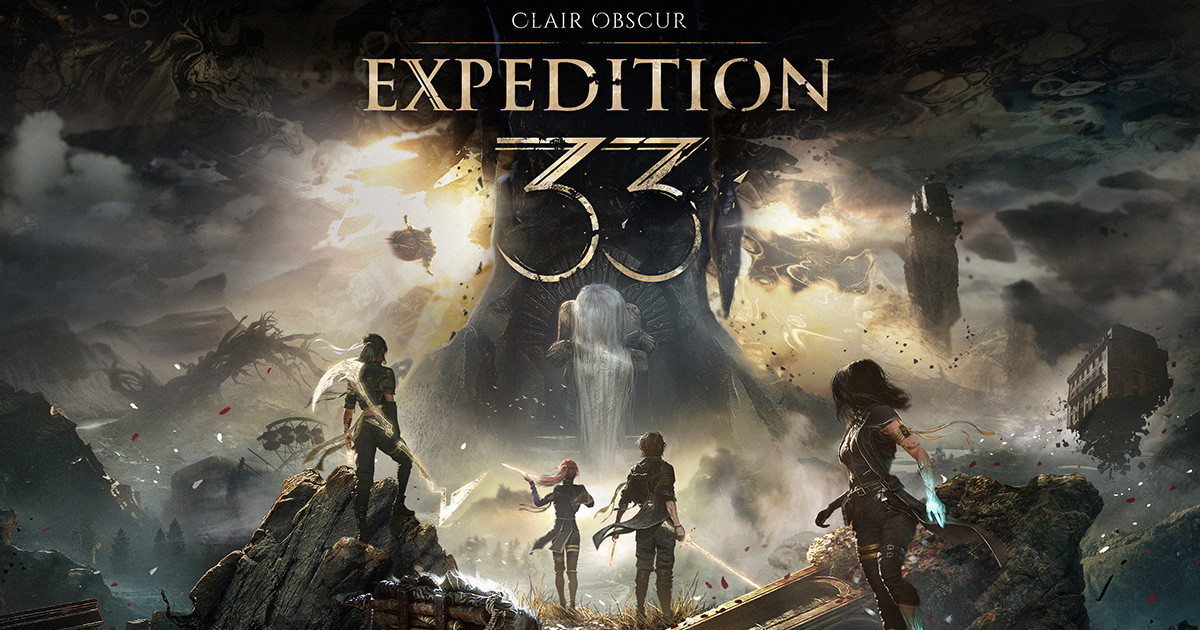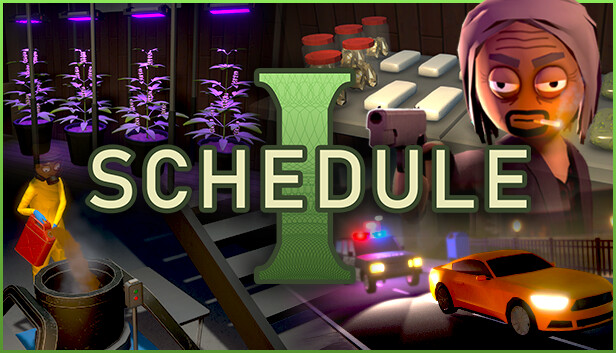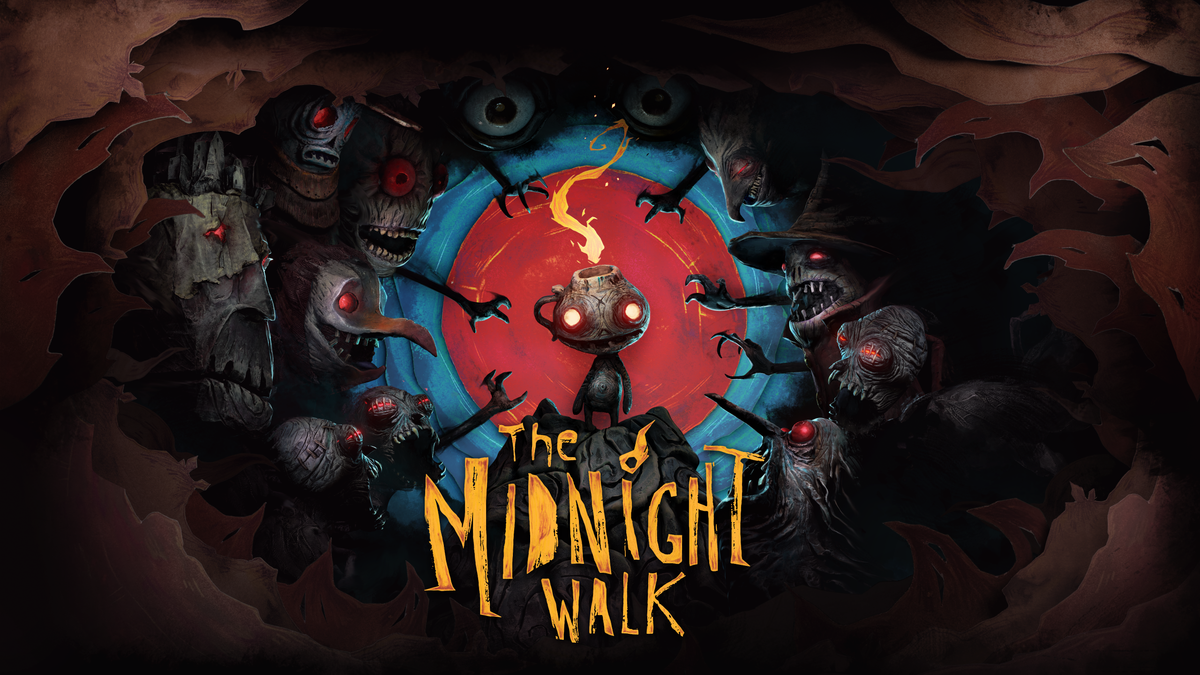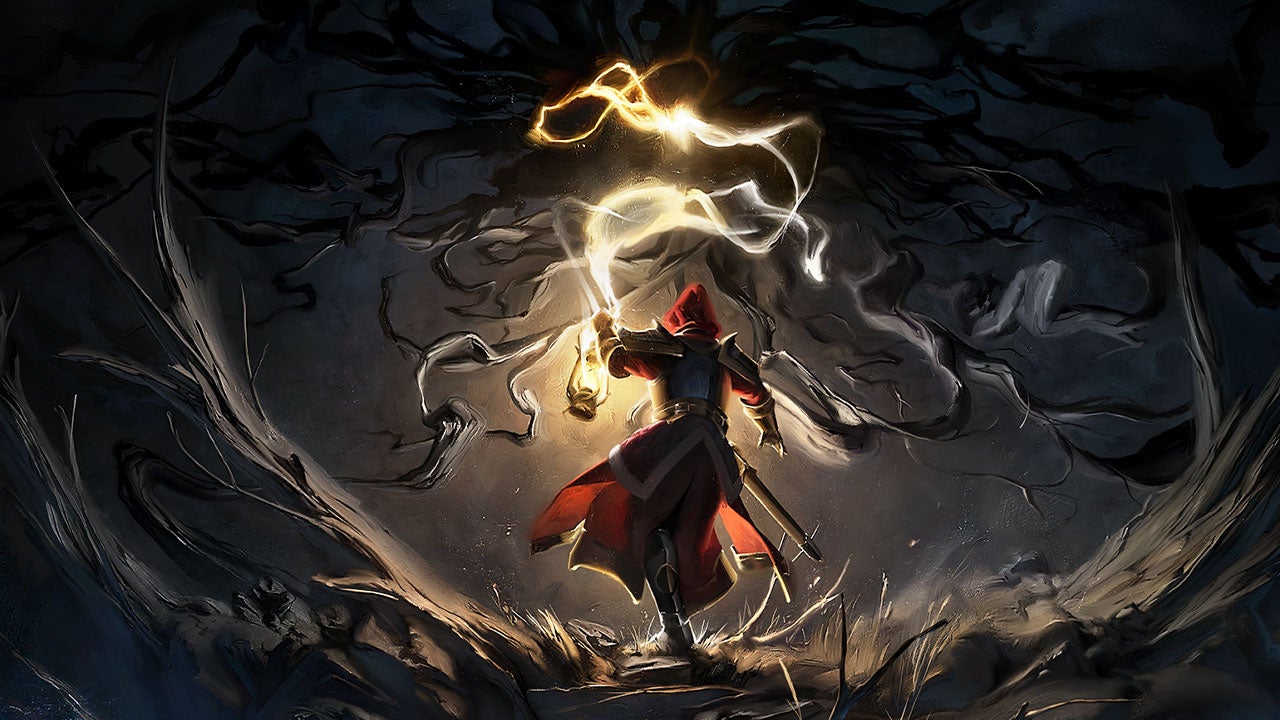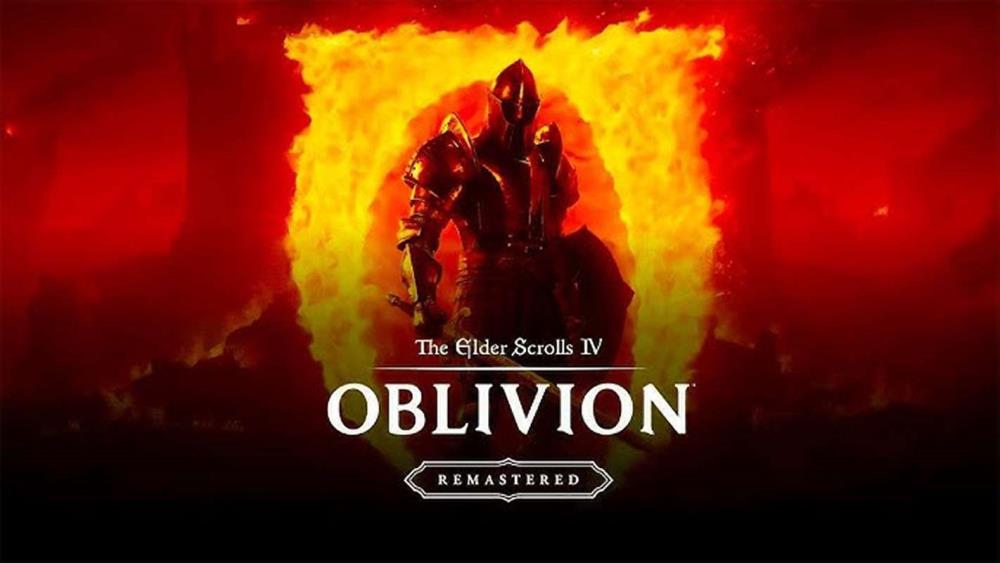It’s a joy to see Fatal Fury return to the spotlight after decades of silence.
This historic franchise, once a flagship fighter for SNK and a legitimate rival to Street Fighter 2 in the early ’90s, has been dormant for over 25 years. While SNK kept busy with other properties like The King of Fighters and Samurai Shodown, the unique energy and design philosophy of Fatal Fury was notably absent. With City of the Wolves, SNK reintroduces the series with a bold statement — a game that serves as a strong and grounded alternative to modern fighters like Street Fighter 6. It strips away many of the newer genre mechanics like invulnerable dashes and overpowering comeback tools, delivering instead a more deliberate and footsie-focused combat experience. Though some modern amenities are missing and the user interface is clearly undercooked, the game delivers where it matters most: thrilling, high-stakes fights and compelling character design.
The core of City of the Wolves adheres to the traditional four-button layout — light punch, heavy punch, light kick, heavy kick. Each button has close and far variations, with proximity dictating utility: closer hits typically deal more damage and offer better combo opportunities, while farther ones are better suited for spacing and punishing. What sets this game apart is the lack of universal movement options or get-in tools. There’s no shared quick dash, no character-agnostic teleportation, and no automatic answers to zoning. Each fighter has their own specific tools to close the gap, and all of them come with trade-offs. That makes every approach a gamble and every decision more meaningful.
This back-to-basics design promotes a psychological battle — a true test of adaptation and strategy — where both players constantly probe and adjust to one another’s decisions. Characters who do have exceptional mobility or unique approach tools stand out all the more because they’re not simply mimicking what everyone else can do. This gives the cast a welcome variety and maintains a feeling of individuality that’s often missing in more homogenized fighting games.
A central mechanic introduced in City of the Wolves is the Rev Meter. While it bears a resemblance to the Drive Meter system from other modern titles, its operation is quite distinct. Rather than starting full and depleting as you use techniques, you build up the Rev Meter throughout the match — either by defending or executing enhanced actions. The meter fills as you block or perform Rev-specific techniques, such as powered-up EX specials, Rev Guard (a push-block mechanic that nullifies chip damage), and Rev Blows — armored attacks that trade meter for powerful offensive opportunities. Once the gauge hits 100%, you enter an Overheat state, losing access to all Rev techniques until the meter drains completely. During this phase, blocking further diminishes your guard gauge, leading to a potential guard break. This clever risk-reward system adds a strategic layer to every decision, forcing players to manage aggression and defense with precision.
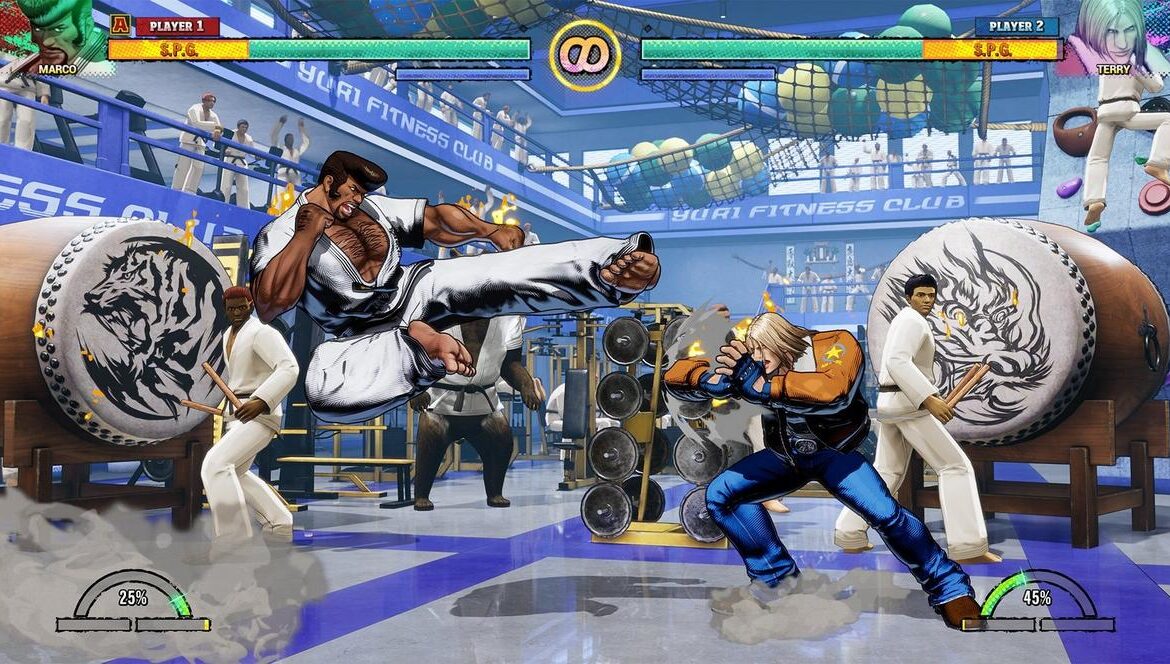

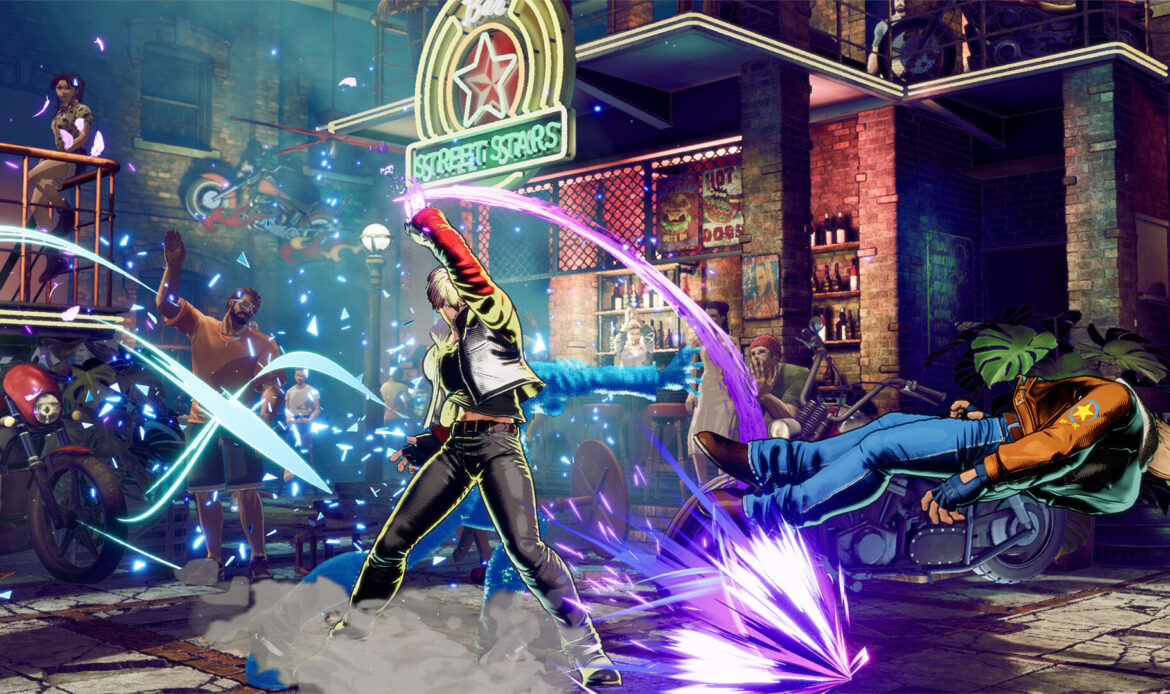
Deciding when to cash out meter becomes a consistent tension. Since EX specials can be chained to extend combos, it’s easy to push the meter close to the Overheat threshold in just one sequence. That creates a satisfying dilemma: go all-in now and risk being defenseless later, or hold back for longer-term stability? These kinds of decisions keep each round dynamically interesting.
Rev Blows, however, are a contentious addition. While these armored attacks offer players a way to power through offense, their risk/reward balance feels off. They only lead to full combos on counter-hit, but even on regular hit or block they’re safe and deal solid damage. The cost — only 17% of the Rev Meter — feels too generous, allowing for frequent use with limited downsides. Compounding the issue is the fact that the in-game tutorials barely address how to properly counter these moves, leaving newer players vulnerable to abuse. The most reliable counter — using your own Rev Blow — is restricted to the SPG system, which only activates during the portion of your health bar you choose pre-match (start, middle, or end). If your SPG is set to a later point in your life bar, and your opponent’s activates earlier, you may not have access to your most direct defense when you need it most.
Despite this flaw, the game’s combat remains satisfying. The combo system offers flexibility for players of all skill levels. You can opt for consistent damage by linking together basic EX specials and ending with a super, or you can dig into deeper mechanics like feints and brakes for more advanced routes that require tight execution. This allows players to grow into the game’s depth over time.
The defensive mechanics are equally well thought out. Players can roll forward or backward upon getting up, avoiding predictable wake-up pressure. There’s built-in throw invulnerability to prevent abusive loops, and techniques like hyper defense and just defense reward skillful blocking with opportunities to punish unsafe moves in otherwise difficult situations. These options give players tools to turn the tide without relying on overwhelming comeback mechanics.
City of the Wolves launches with a 17-character roster that feels both rich and varied. Most of the cast from Mark of the Wolves returns alongside four new fighters. Of the newcomers, Preecha and Vox Reaper immediately stand out. Preecha is an approachable Muay Thai fighter with crisp combos and a toolkit that makes her accessible to newcomers while still deep enough for veterans. Vox Reaper, on the other hand, is a high-speed rushdown threat who sacrifices projectile zoning for relentless pressure and tricky movement options.
Veterans like Terry Bogard and Hokutomaru remain a joy to play. Terry is easy to pick up due to his long-standing presence across SNK’s library, while Hokutomaru’s aerial versatility makes him one of the most unpredictable fighters on the roster. His ability to teleport mid-air, double-jump, and hurl projectiles from unusual angles keeps opponents constantly guessing.
Then there are the more outlandish guest characters. Real-life soccer star Cristiano Ronaldo and DJ Salvatore Ganacci both appear as playable fighters. From a mechanical standpoint, they’re surprisingly well-designed. Ronaldo’s toolkit revolves around a soccer ball he can summon and bounce off his attacks, creating strange and inventive mix-ups. Salvatore leans into comedy, with over-the-top animations pulled from his stage performances. Despite his goofy nature, he hits like a truck and can be a legitimate threat.
Still, these characters feel out of place in the Fatal Fury universe. Ronaldo doesn’t appear in any single-player story content and seems shoehorned in without much narrative justification. Salvatore fares slightly better, at least appearing in the story mode, but neither has the visual or thematic flair to match iconic characters like Kain or B. Jenet. Their inclusion as standard roster members rather than optional content raises eyebrows and makes their presence feel intrusive.
The single-player offerings are decent, if not groundbreaking. Arcade mode is faithful to the classics — each character has a brief introduction, a rival fight, and a closing scene. It’s straightforward, but it offers some satisfying payoffs for long-time fans of the series. More ambitious is the “Episodes of South Town” mode, which adds light RPG mechanics to the formula. You move across a map, choosing encounters that grant experience points and unlock new skills or stat boosts. These episodic stories flesh out character motivations and provide a stronger narrative structure than typical arcade fare.
Certain fights in this mode come with twists, like facing multiple opponents in succession or dealing with enemies who are permanently in SPG mode. Some are more frustrating — like one challenge where only a 1-in-66 chance lands a successful hit — but most offer a welcome break from the standard formula.
Where the game struggles most is in its onboarding. The tutorial does a basic job of introducing mechanics, but fails to explain how to use them effectively. For example, feints and brakes are important tools for advanced combos and mind games, but the tutorial barely scratches the surface. It even promises a follow-up lesson that doesn’t exist. This lack of in-depth instruction could make it hard for newer players to grow beyond the basics.
Online play is supported by rollback netcode, which is a must-have for any competitive fighter today. While most of the matches feel solid, there were noticeable exceptions. In a couple of pre-launch test matches, latency spikes and input drops marred the experience. The best rollback systems can smooth over even poor connections, and City of the Wolves isn’t quite there yet — though it’s close.
The rest of the online features are what you’d expect: ranked and casual matchmaking, private rooms, and replay viewing. Unfortunately, the menus and interface design leave much to be desired. Room match navigation in particular is clunky, relying on a mouse-like cursor and awkward layouts that feel pulled from outdated office software. It’s a small issue in the grand scheme, but it stands out in a game that otherwise presents itself with flair and energy.
Ultimately, Fatal Fury: City of the Wolves succeeds in what matters most. It brings back a beloved series with confidence, delivering smart mechanics, exciting matches, and a diverse roster that rewards creativity and skill. While the UI and teaching tools could use refinement, and the inclusion of real-world guest characters feels off-tone, those flaws don’t outweigh the many things the game gets right. This isn’t just a nostalgic revival — it’s a statement that Fatal Fury still belongs in the modern fighting game arena.

